- Savage Blog
- Shotgun Choke Tubes: Differences and Uses
Shotgun Choke Tubes: Differences and Uses
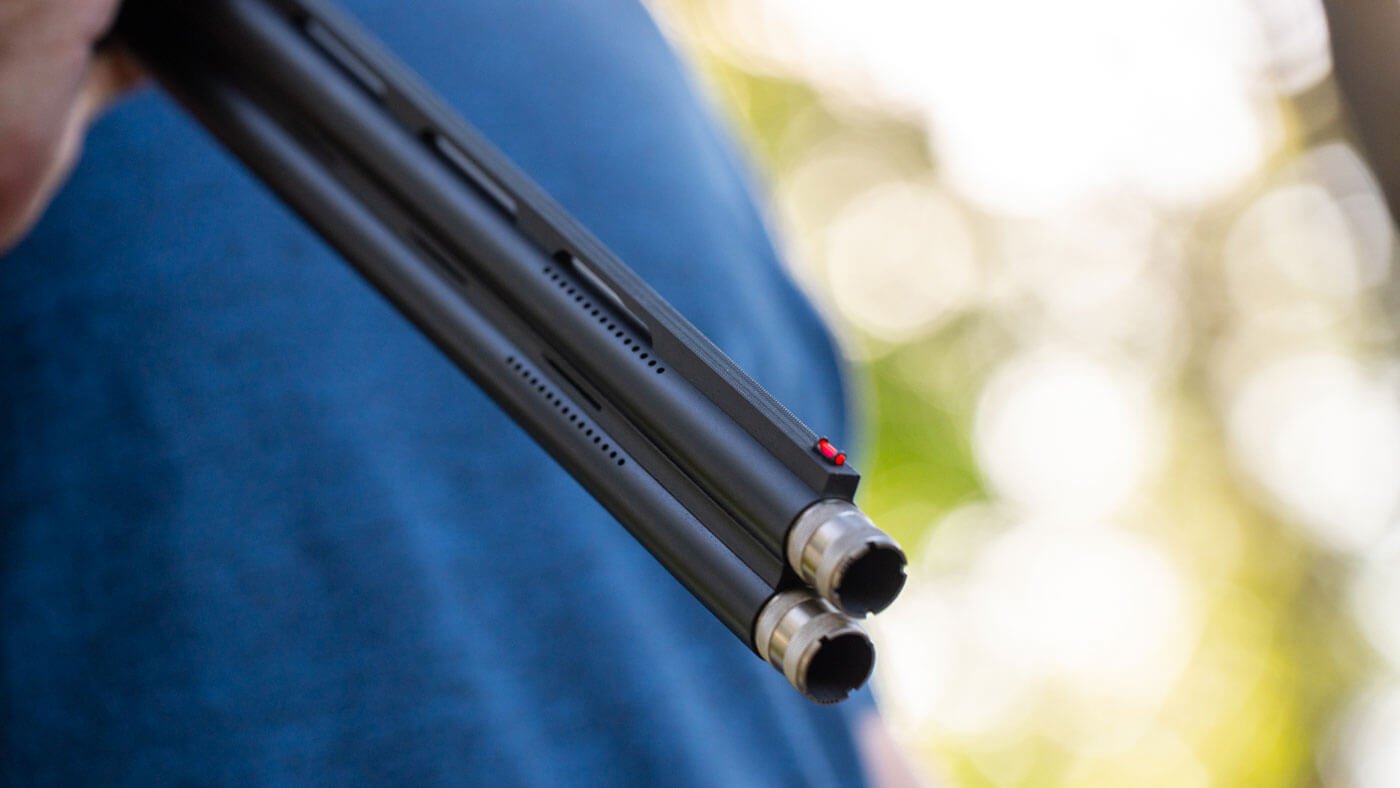
Whether for target shooting or hunting, the choke tube you select for your shotgun has a significant impact on how it performs in the field. There are a wide variety of chokes available in today’s market, with options tailored for nearly every type of hunting and shotgun shooting sport. With all the options out there, it may be confusing to decide what choke tube you need, especially if you’re new to using shotguns. In this blog we’ll break down the different kinds of shotgun choke tubes, how they function, and when you should use each type of choke tube.
Choke Tube Patterns for Savage Shotguns
The first thing to know about your shotgun is what thread pattern the choke tubes use. This is especially important if you lose choke tubes, or if you want to buy aftermarket choke tubes for your shotgun. Common thread patterns include the Win (Winchester) Choke, Browning Invector and Invector Plus, Beretta/Benelli Mobil, and Rem (Remington) Chokes. These threads will vary among manufacturers, and even among the shotguns made by these manufactures, so pay close attention to which thread pattern your shotgun utilizes.
At Savage, not all of our shotguns use the same choke tube thread pattern. Here are the choke patterns used in each of the shotguns we make so you can quickly and easily reference what pattern you may need for an additional choke or replacement choke:
Renegauge - Beretta/Benelli Mobil Choke
Stevens 301 - Win Choke (410 Win/Short Invector Choke)
Stevens 320 - Win Choke (field and turkey models only)
Stevens 555 - Beretta/Benelli Mobil Choke
Stevens 560 - Beretta/Benelli Mobil Choke
212/220 Turkey - Win Choke
Note that the 212/220 Slug and Stevens 320 Security shotguns do not come with barrels that are threaded for choke tubes due to their ability to shoot slugs.
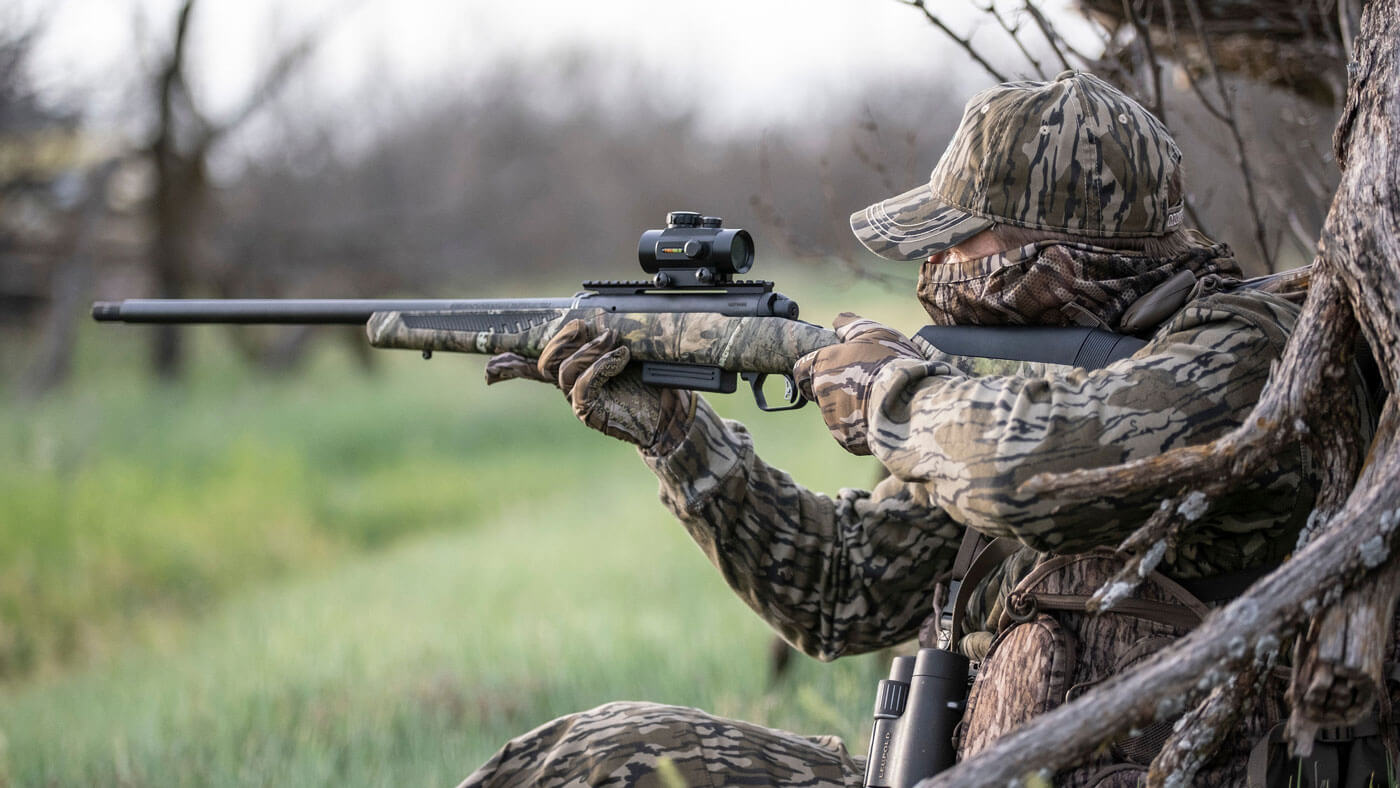
Choke Tube Constrictions
While choke tube threads may be different across manufacturers, the constrictions they use stay fairly consistent. Here are some of the most common choke constrictions you will see:
Skeet (SKT) - Opens the pattern up further from the standard cylinder choke or shotgun bore. Used primarily for skeet shooting engaging fast moving targets at close range.
Cylinder (CYL) - Considered to be equivalent or only slightly narrower than the bore of a shotgun. Used for maintaining a fairly open pattern for close range shooting.
Improved Cylinder (IC) - Slightly more restrictive pattern than a cylinder choke. Allows for a slightly better pattern at longer ranges, and is a good all-around choke for target shooting and close range hunting.
Modified (MOD) - Most commonly used “all-around” choke that allows a wide enough pattern for hitting close targets within 20 to 30 yards while still being tight enough to hit targets at farther ranges of 35 to 40 yards.
Improved Modified (IM) - Slightly tighter pattern than a Modified choke tube for slightly longer range.
Full (FULL) - More constricted choke tube that is used for hitting targets at longer ranges, typically greater than 40 yards. Less effective when shooting targets up close due to a tighter pattern with less margin for error.
Extra Full/Turkey (TKY) - Produces an extremely tight pattern at close ranges and is used almost exclusively for longer range shots due to the much denser pattern.
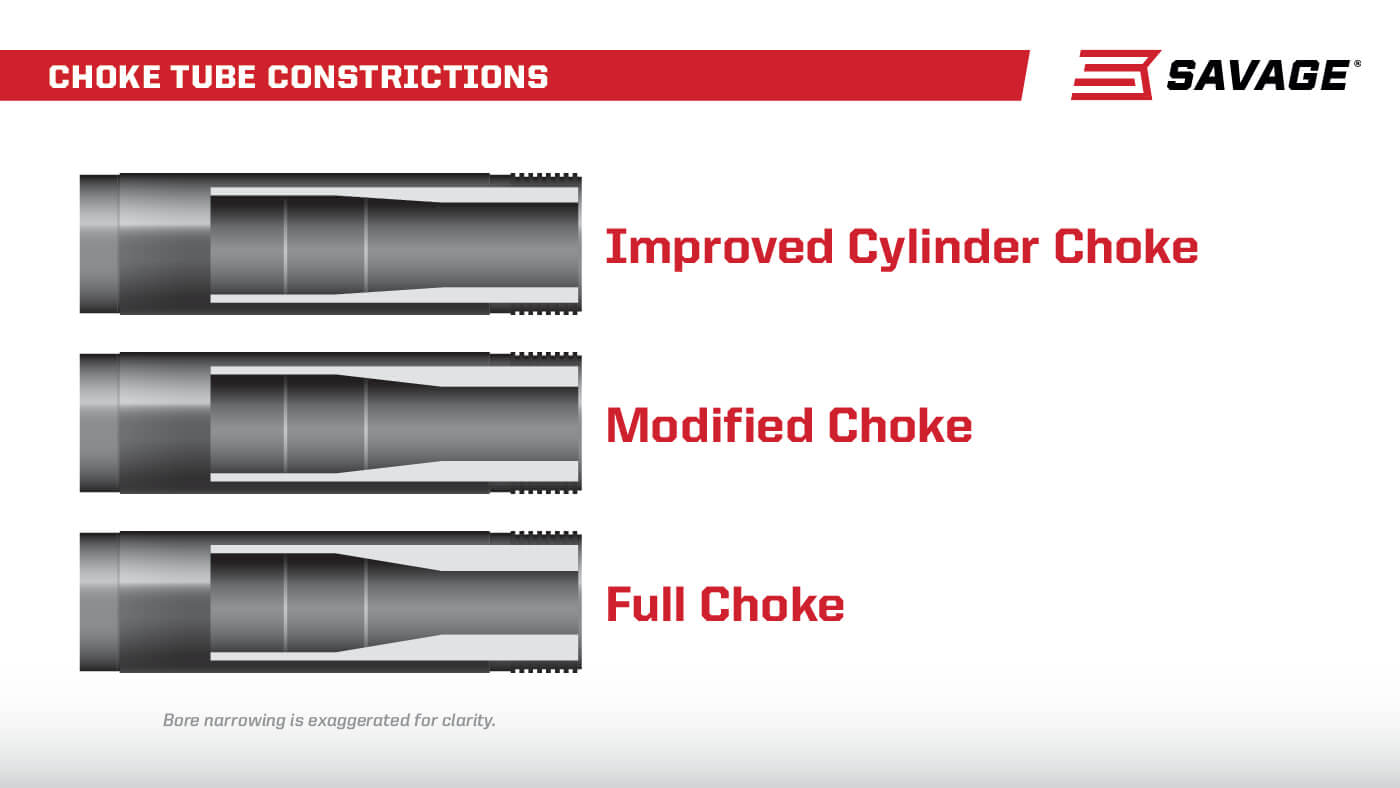
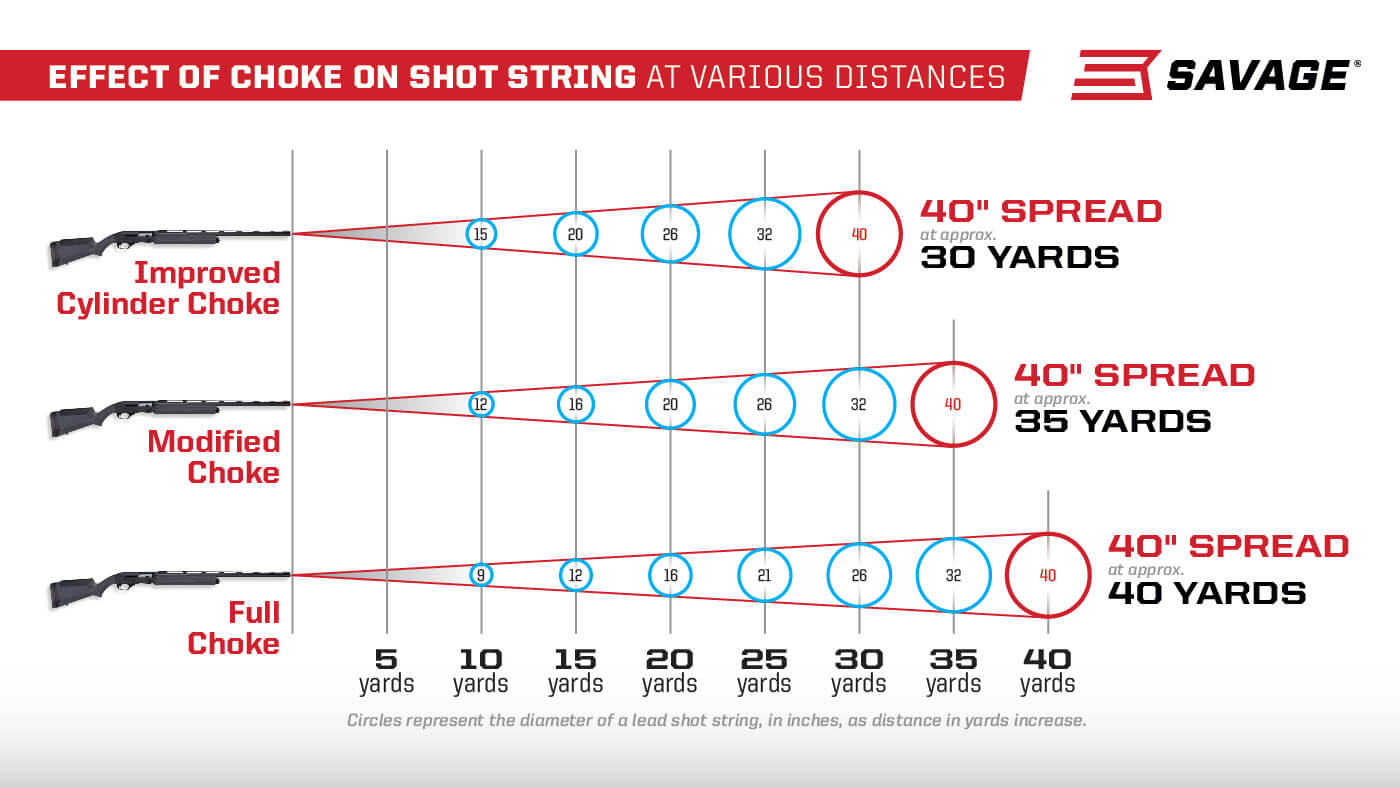
The way in which choke tubes are marked varies by manufacturer. Some will use the abbreviations used above that will be etched into the choke itself. Other manufacturers will use a notch system, which indicates the constriction of the choke. While notches may vary by manufacturer, most will stick to the following system:
Full - One notch
Improved modified - Two notches
Modified - Three notches
Improved cylinder - Four notches
Cylinder or skeet - Five notches
Turkey choke tubes often will not have notches in them, but they will typically be longer than other choke tubes and have some sort of checkering or pattern on the end of them to make them easier to grip and remove from your shotgun.
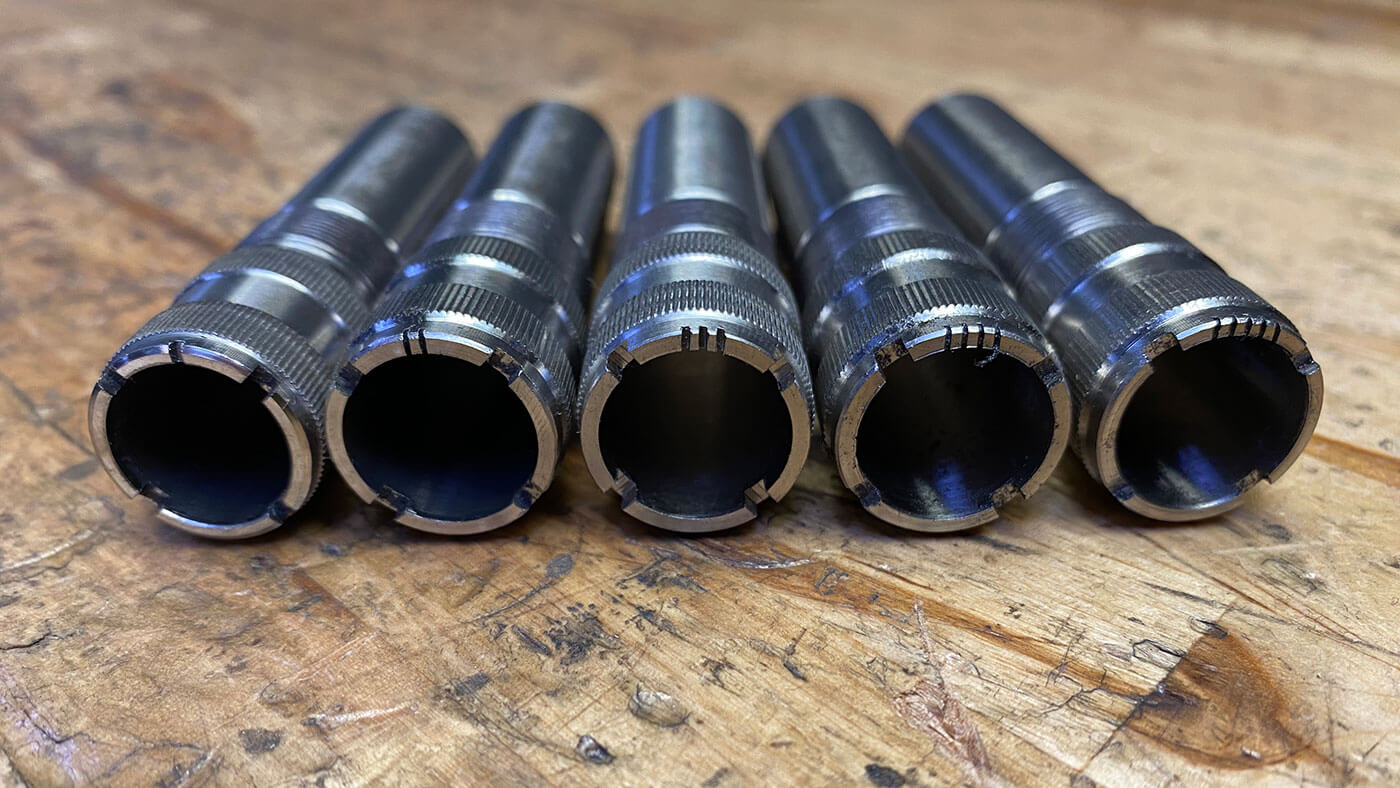
Choke Tubes for Target Shooting
Whether you’re out at the trap range or taking a stroll through a sporting clays course, you will want to ensure that the choke tube you are using helps bring out the best performance in your shotgun. You won’t use the same choke for each type of shotgun shooting, so here is a quick guide on what chokes work best for each target shooting scenario.
Trapshooting
When you are trapshooting, look for a choke that is going to provide a good middle ground in pattern density. Your target will start close to you out of the trap house, but it will get farther away as it continues to fly. Selecting an Improved cylinder or Modified choke tube will provide for the best compromise of a wide enough pattern that is dense enough to consistently hit the target without holes in the pattern. These choke tubes are ideal for engaging targets 20 to 30 yards away, which is the typical distance at which you would shoot a trap target.
Skeet Shooting
Chokes for skeet shooting should provide for an open pattern that allows for a wider margin for error to hit targets at closer ranges. Targets when skeet shooting are usually going from left to right in front of you, or sometimes are getting closer and heading towards you. Your best choices will typically be a cylinder choke or a skeet choke to get a wider pattern for those closer 10 to15 yard shots.
Sporting Clays
Sporting clays offer a variety of target types and distances, making it difficult to select a singular choke that works the best for a sporting clays course. For a good middle ground, a modified or improved modified choke can provide a pattern that is tight enough at longer distances to hit targets, while still being open enough at close ranges to provide a good chance at hitting your target. While neither choke excels at exceedingly long range or very close-range targets, they can be good all-around choices. Many sporting clays shooters will elect to use double-barrel over/under shotguns in order to be able to use a combination of chokes, such as a cylinder choke in one barrel for close range targets and a full choke in the other barrel for targets at longer ranges.
5 Stand
Shooting 5 stand is similar to sporting clays, since you will be engaging targets at both close and far ranges from multiple angles. Much like in sporting clays, having a double barrel shotgun with two different chokes can be helpful, but it’s not necessary. A good modified or improved modified choke can work for breaking the variety of targets you will see when shooting 5 stand.
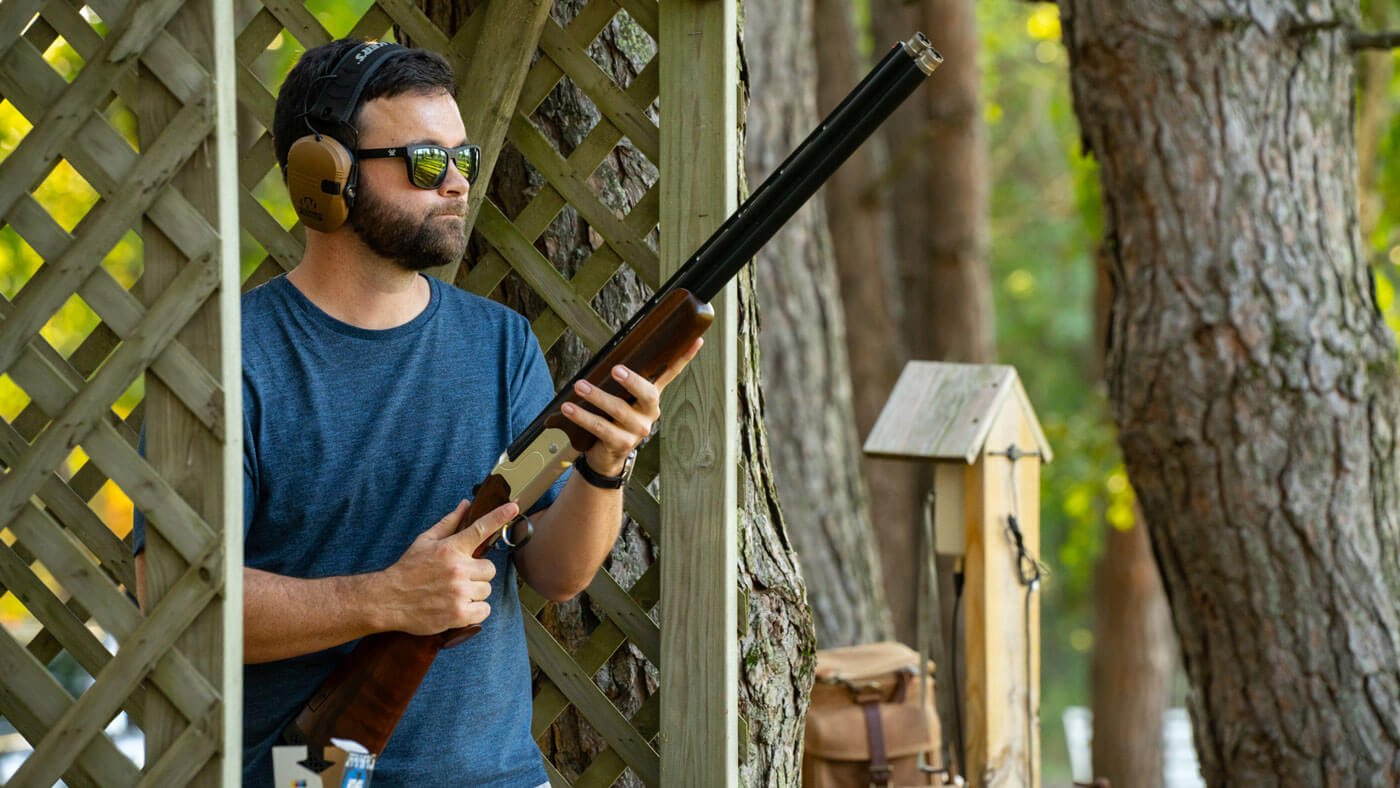
Choke Tubes for Hunting
Just like in target shooting, you often won't find yourself using the same choke for each type of hunting you are doing. This can be true from season to season, or even within a season as game animal behavior changes and you have to adjust your tactics. Here’s a quick look at some chokes you may find yourself using during popular hunting seasons.
Upland Hunting
When choosing a choke for upland bird hunting there are a couple of major factors to consider. First, the size of your target is important. If you are hunting smaller game birds, like bobwhite quail, you will want to use a choke like an improved cylinder with a more open pattern to avoid damaging too much meat. For larger birds like pheasants or sharp-tailed grouse, a tighter pattern from a modified or improved modified choke may be needed to hit more of the vital area and ensure an ethical shot.
The second factor to consider is the time of the season that you are hunting. Early in the season, cover is still plentiful from vegetation and crops that have not been harvested yet. Birds will hold closer to cover early in the season, resulting in more close range shots. You may choose to use an improved cylinder or similarly open choke as a result, in order to have a wider pattern that has a higher chance to harvest the bird with a clean shot. Later in the season birds will often flush from cover when you are farther away, especially if they have been under significant hunting pressure throughout the season. As a result, you may want to move to an improved modified or a full choke for a tighter pattern that will hit your target at longer distances.
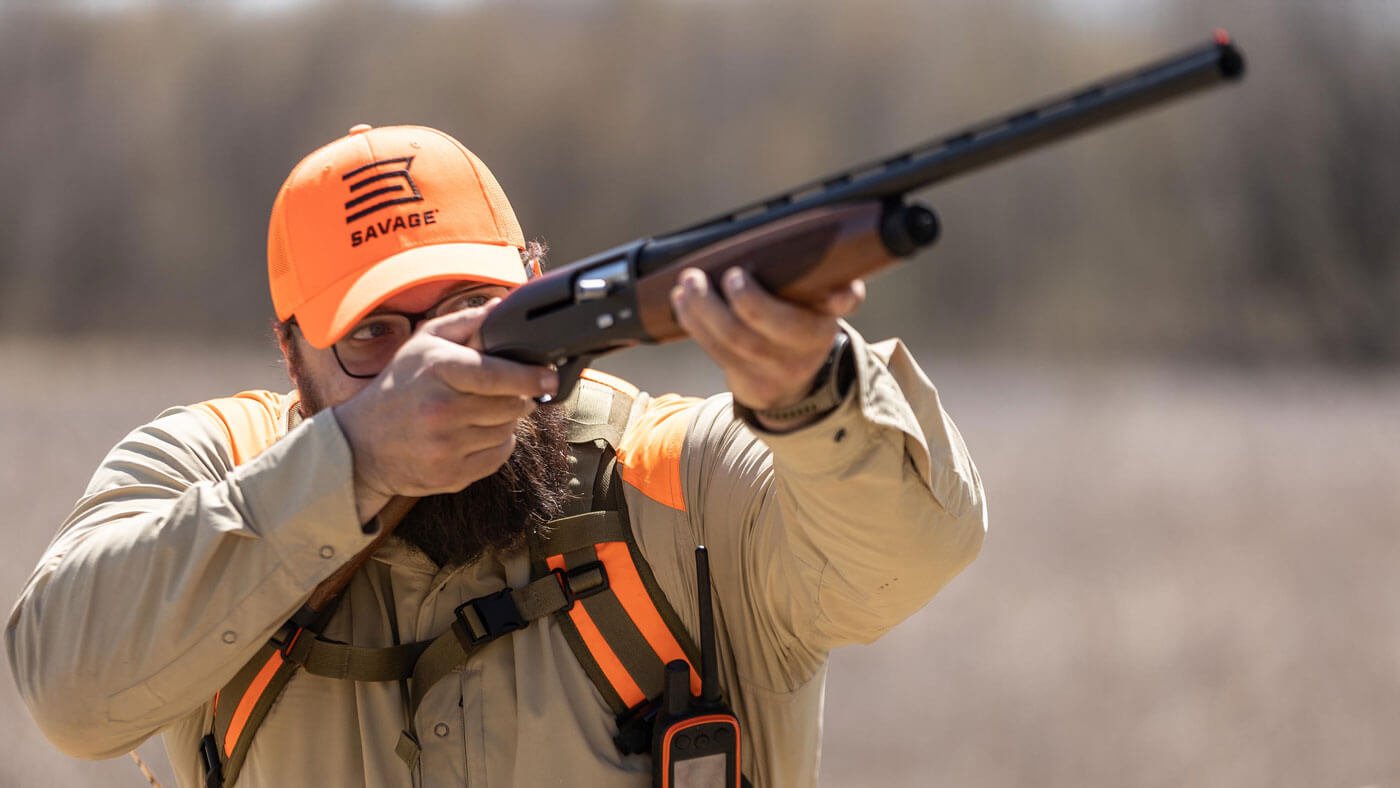
Small Game Hunting
When hunting small game animals like rabbits or squirrels, the choke tube you pick will typically stay fairly consistent. Both squirrels and rabbits are typically shot at closer ranges when using shotguns. Both are also fairly small targets, so a more open pattern can help you hit their vital areas more easily. Using an improved cylinder or modified choke is often the best choice for a balance of an open pattern that’s dense enough to not have a hole for the animal to slip through.
Waterfowl Hunting
Choosing a choke for waterfowl hunting is similar to choosing a choke for your upland bird hunting. Smaller ducks like teal may require a more open choke tube like improved cylinder, especially if you are hunting them up close. For most duck hunting scenarios, a modified or improved modified choke will work well and provide a dense enough pattern for a clean shot. For larger ducks and geese, you may need to move to an improved modified or full choke, especially later in the season where birds may not be coming to decoys as well and are staying at a longer distance.
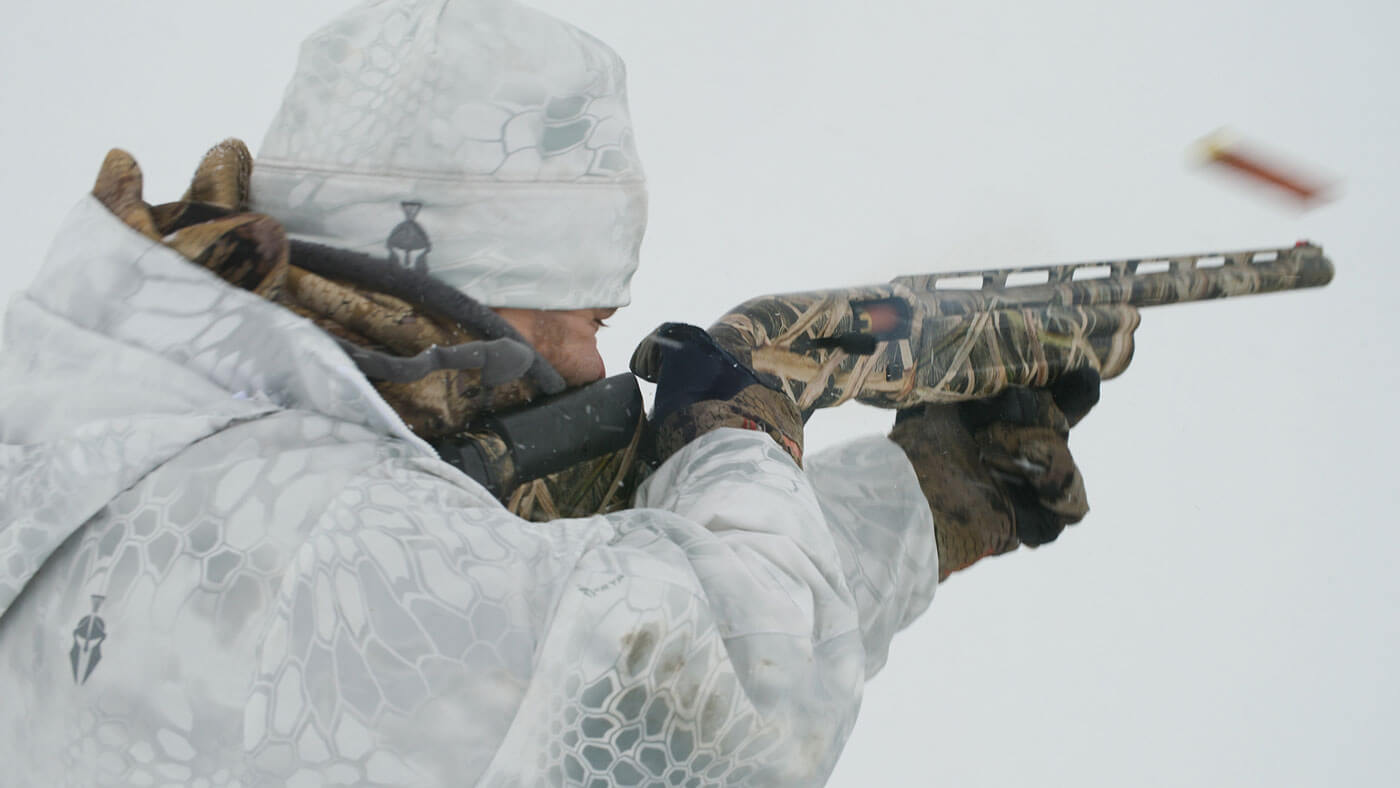
One other consideration that needs to be made when selecting a choke tube for waterfowl hunting is the type of ammunition you are using. Lead ammunition that is used traditionally for other game animals is not allowed for hunting waterfowl. Non-toxic shot must be used, such as steel, tungsten, or bismuth. Non-toxic shot is often harder and more dense than the softer traditional lead, meaning the non-toxic shot does not deform as easily and can be clustered together into tighter patterns more easily. For example, when you are shooting steel, you want to use a choke tube that is the next constriction down from the pattern you are looking for. For example, you would shoot steel through an improved modified choke to get the equivalent pattern that you would see from lead in a full choke.
Turkey Hunting
Turkey hunting is a special case when it comes to choke tube selection. Shotgun shooting while turkey hunting is more like shooting a rifle than it is a shotgun. You are aiming at a specific point on the turkey and holding steady for the shot, rather than swinging your shotgun through a target and hitting a general area. Turkeys are also much larger than other game birds, which means more pellets are often needed in a tighter area for a shot. Because of this, extra full chokes have been developed over the years. These chokes are often called turkey chokes because of their exclusive usage in turkey hunting. They condense the pattern of your shot down to an extremely dense pattern at close ranges, while still maintaining a tight pattern at distances of 40 to 50 yards. With modern ammunition, such as tungsten super shot, turkey chokes can stretch effective patterns out to distances of over 70 yards.
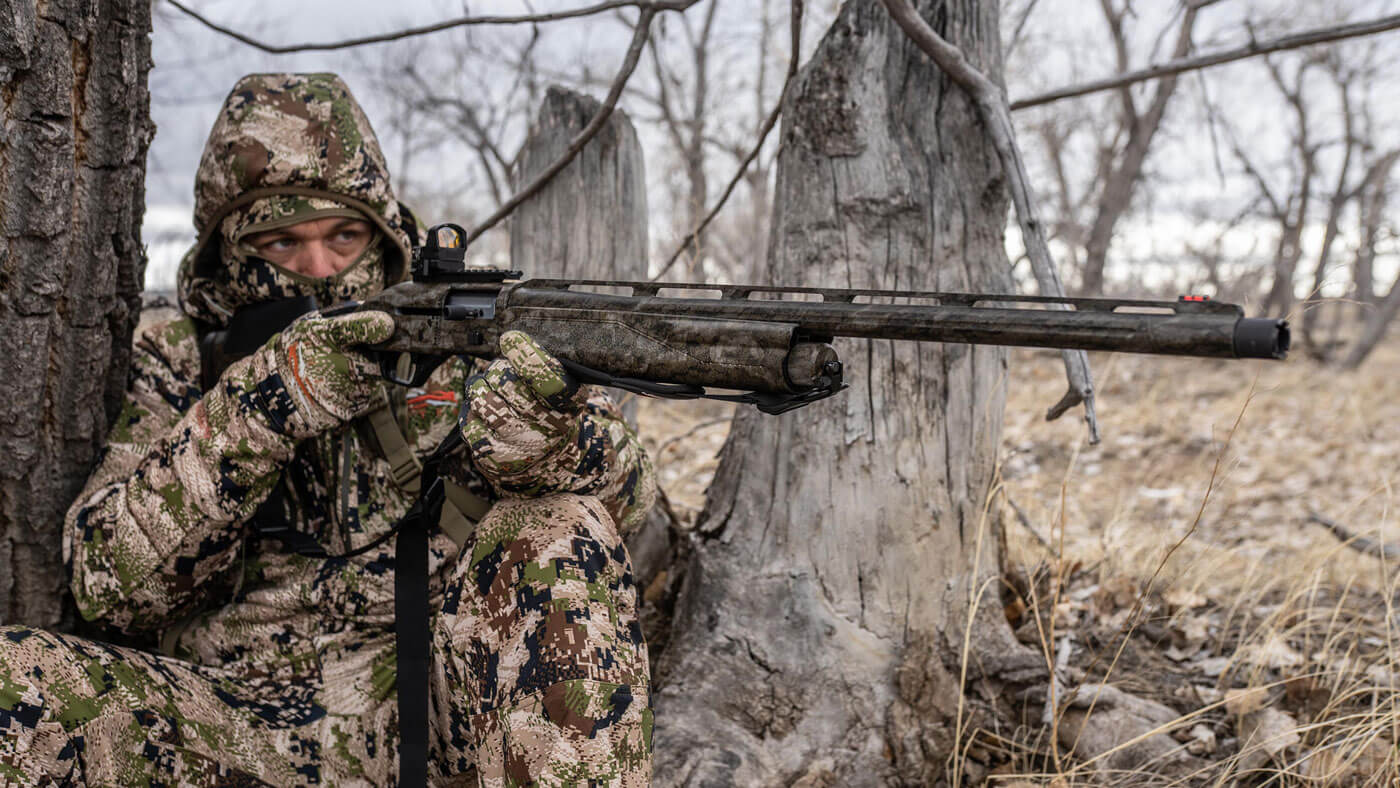
Aftermarket Choke Tubes
While most shotguns today come with choke tubes directly from the manufacturer, there is a plethora of options available for aftermarket chokes to help up your game when you’re hunting or target shooting. There are a variety of companies that make choke tubes, but some of the more well-known names you may hear include Carlsons, Patternmaster, TruLock, Jebs, and Indian Creek. These companies make chokes for a variety of different hunting and target shooting pursuits, and some even make chokes for specific brands and types of ammo.
So, why use an aftermarket choke? Just like rifle shooters try multiple types of ammunition to see which one their rifles shoot the best groups with, you can improve your patterns through a combination of a different choke tubes and ammunition. Many aftermarket chokes will also provide a specific number on them that indicates what the barrel diameter is constricted to, which can give a hunter or shooter an easy to know number that they can trust will provide repeatable patterns when they go to find a new choke for a choke for another shotgun. You may also wish to use a choke tube that is specifically designed for the shotgun ammunition you are using to get the best pattern possible out of your shotgun. While a factory choke can usually get the job done, an aftermarket choke tube can improve your pattern enough to help break a few more targets or harvest a few more birds over the course of a season. The key is to test and see what works best for your setup!
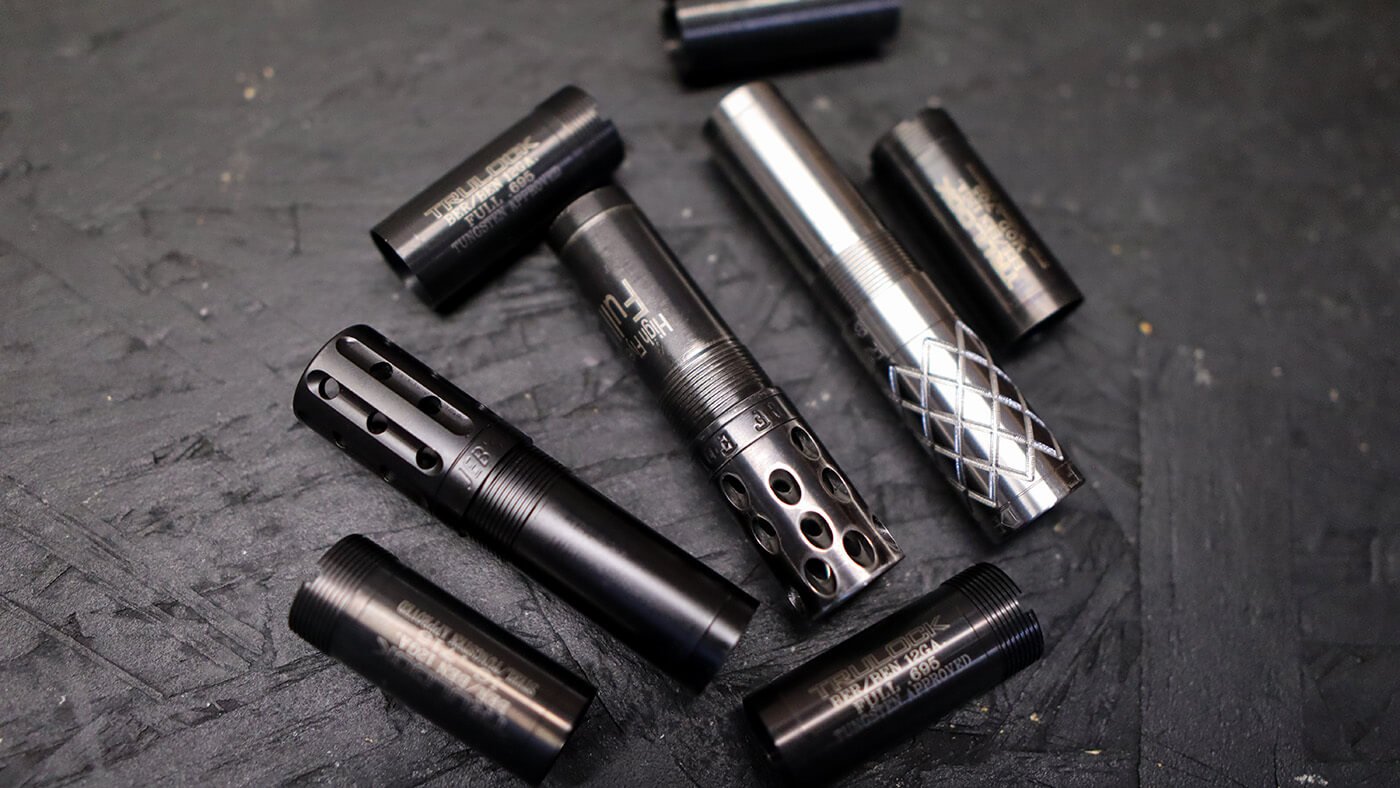
No matter what type of hunting or target shooting you are doing, having a choke tube that works well with your shotgun is the key to making sure that you have consistent hits and clean, ethical kill shots in the field. Make sure you take the time to pattern your shotgun not only when you purchase it, but also after every time you change the choke to verify that your pattern will be sufficient for the hunting or target shooting you intend to do. If you want to learn how to pattern your shotgun, check out this blog post to learn more! Now that you know the differences between each type of choke, get out there and make the most of your upcoming season! You never know how a simple change can help improve your results in the field and on the range.


